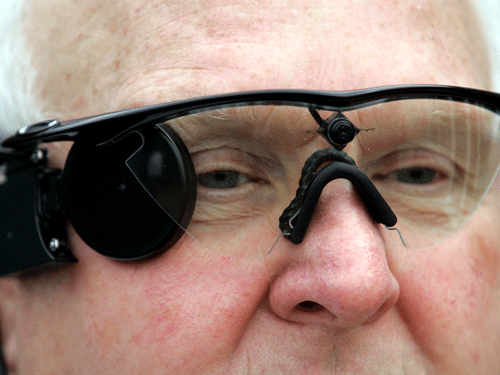
A team of researchers has created a wireless and light-sensitive, flexible film that could potentially substitute a damaged retina.
The team from Tel Aviv University, the Hebrew University of Jerusalem' Center for Nanoscience and Nanotechnology and Newcastle University in Britain, tested it with a chick retina that normally does not respond to light.
They found that the film absorbed light and, in response, sparked neuronal activity.
In comparison with other technologies, the researchers conclude theirs is more durable, flexible and efficient, as well as better able to stimulate neurons.
"Patients with one type of eye disorder called age-related macular degeneration (AMD) could potentially benefit from such a device," said Yael Hanein from the Tel Aviv University in Israel.
AMD usually affects elderly people, who have damage to a specific part of the retina, thereby limiting their vision.
Scientists have been trying different approaches to develop an implant that can "see" light and send visual signals to a person's brain, countering the effects of AMD and related vision disorders.
But the attempts so far have involved metallic parts and cumbersome wiring, and have low resolution.
"The new technology uses semi-conductor nanorods and carbon nanotubes which are safe," the authors concluded in a paper that appeared in the ACS journal Nano Letters.